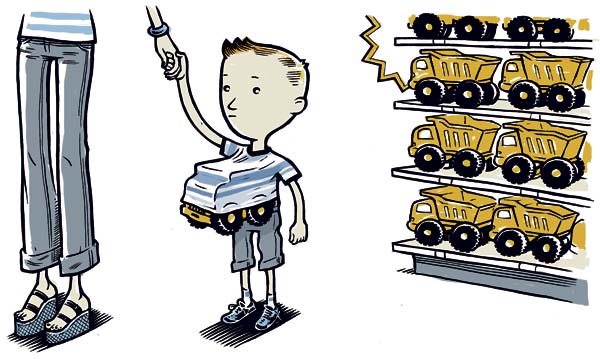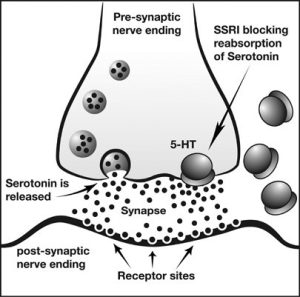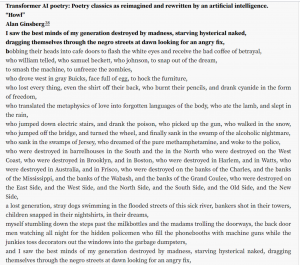A research group based in Iran conducted a study to confirm the legitimacy of gene sequencing technology for discovering Chronic Myeloid Leukemia causing genes within three pre-existing cancer patients. Chronic Myeloid Leukemia (CML) is an example of a monoclonal disease, meaning deriving from a single cell in this blood cell (hematopoietic). CML represents around 15% of Leukemia in adults. Leukemia represents the most common blood cancer for adults older than 55. The blast cycle is the stage in chronic leukemia where tiredness, fever, and enlarged spleen are present. A blast crisis occurs when 20% of all blood or bone marrow has blasts or immature white blood cells. These blasts multiply uncontrollably, causing a blockage and stopping the production of red blood cells and platelets, which are necessary for survival. White cell crowding red blood cells often causes a lower immune system. This article focuses on using integrated genomic sequences to access common gene variants associated with CML, to understand the fundamental mechanisms behind the blast crisis.
Researchers used the Whole Exome Sequences (WES): integrated sequencing, chromosome sequences, and Rna sequences. Using a blood sample from the blast cycle patients, they used WES technology to identify modified, deleted, or incorrectly copied genes. Genes have extraordinary power over the way our body regulates. Sometimes cancer occurs when genes do not work as they are intended to. There are five classes of cancer-causing genes. Mutations in genes change how they activate other cells. A mutation in the process of spreading information through signal pathway components can lead cells to multiply erratically. Another class is transcription factors; proteins bind to a part of DNA to start or stop replication. If there are modifications within those repressor/activator genes, that could lead to an unregulated abundance of cells—unsuppressed replication results in Tumors due to unregulated cell growth. It is common for some mutations in the replication process, but some proteins repair the genes; sometimes, if a gene gets mis-replicated, it can lead to other classes.
CML cells are derived from the bone marrow and are progenitor cells, meaning they can turn into white, red blood cells or platelets, depending on the body’s purpose. The researcher’s goal with using WES on these pre-existing blast crisis patients was to discover essential variants and find similarities and differences with their gene makeup. Researchers then divided their findings into PIF ( potentially significant findings) and PAFs(potentially actionable results). Using WES detected, 16 PIFS affected all five known classes of cancer-causing genes.
Researchers conducted integrated sequencing on three patients using an in-house filtering algorithm to discover how leukemia develops. Discover that combining Integrated genomic sequencing and Rna sequencing is an accurate way to find and confirm leukemia variants. All patients are based in Iran; patient one was a 66-year-old female whose blast level was 25%. Patient 2 is a 55-year-old female whose blast level is 35%. And the third patient was a 45-year-old male with a 40% blast level. The percentage of blast level indicates how many white blood cells make up entirely of the person’s blood. The higher the blast level, the more immunocompromised you become, as CML’s white blood cells block up the flow of red blood cells stopping your immune system’s response. Using WES and RNA sequencing, researchers discovered multiple patient similarities and differences. Both patients one and two have abnormal karyotypes, or a person’s complete set of chromosomes, in the form of a Philadelphia Chromosome. A Philadelphia Chromosome is when the 9 and 22 chromosomes break off and pair. A direct consequence is that chromosome 22 will be minimal, resulting in CML. Patients two and three both had multiple chromosome deletions, duplications, and modifications, all with prior research that points to the contribution in Leukemia.
The study affirms the importance of being able to model and analyze CML’s leukemogenesis process in terms of more timely treatment and effective management of blood-borne illness. Using gene-sequencing technology, CML’s transition to the blast phase can be detected more accurately and effectively than in previous studies. The researchers identified variants in all classes, with an important finding that a shared deletion was a Transcription Factor 17p, which observed that 45% of blast phase patients have such defect or mutation of a gene, creating a marker of identification and possible treatment. This study points to the importance of identifying and developing more speed-lined processes that make detection more accurate and timely.
Kazemi-Sefat, Golnaz Ensieh (12/2022). “Integrated genomic sequencing in myeloid blast crisis chronic myeloid leukemia (MBC-CML), identified potentially important findings in the context of leukemogenesis model”. Scientific reports (2045-2322), 12 (1), p. Article.










